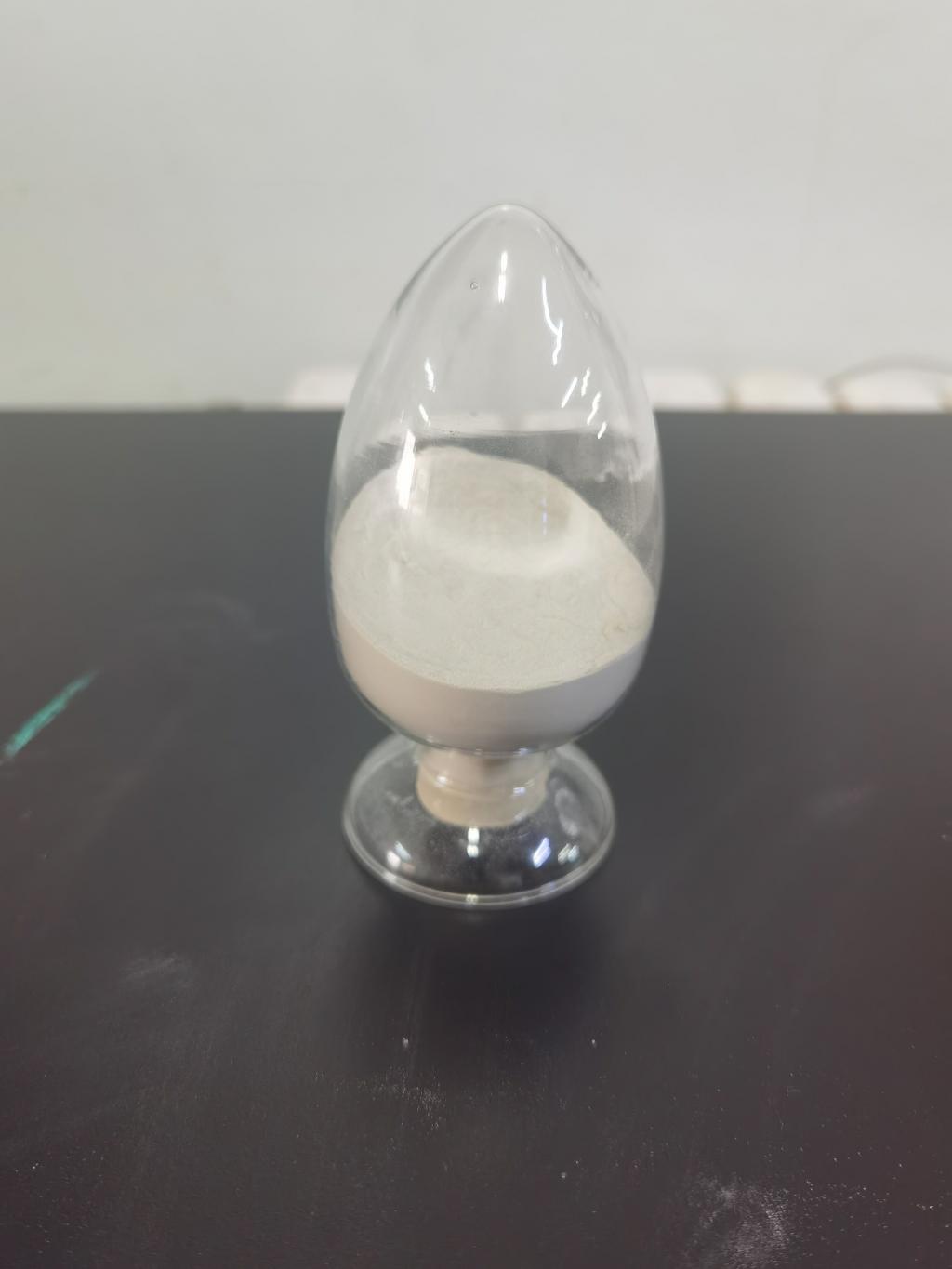Tel:+8618231198596

News
 CONTACT
CONTACT
 CONTACT
CONTACT
- Linkman:Linda Yao
- Tel: +8618231198596
- Email:linda.yao@dcpharma.cn
- Linkman:CHARLES.WANG
- Department:Overseas
- Tel: 0086 0311-85537378 0086 0311-85539701
News
Future trends in Nisin research and applications.
TIME:2024-05-15
1. Introduction:
Nisin, originally discovered as a food preservative, has evolved into a versatile antimicrobial agent with applications beyond the food industry. Ongoing research efforts continue to uncover new insights into nisin's mechanisms of action, pharmacological properties, and potential applications in addressing global health challenges, such as antibiotic resistance and foodborne illnesses. Looking ahead, future trends in nisin research are poised to drive innovation and transformation across multiple sectors.
2. Novel Formulations and Delivery Systems:
One of the key trends in nisin research is the development of novel formulations and delivery systems to enhance its stability, bioavailability, and efficacy. Nanotechnology holds promise for encapsulating nisin in nanoparticles, liposomes, or micelles, enabling targeted delivery to specific sites of infection or disease. Furthermore, advances in biopolymer-based matrices and encapsulation techniques offer opportunities to improve nisin's retention and release properties in various applications, such as food packaging and wound dressings.
3. Combination Therapies and Synergistic Effects:
Combining nisin with other natural antimicrobial agents, such as essential oils, plant extracts, or bacteriophages, presents an exciting avenue for enhancing antimicrobial activity and overcoming resistance mechanisms. Synergistic interactions between nisin and complementary antimicrobial agents have been shown to achieve greater efficacy against multidrug-resistant pathogens and biofilm-associated infections. Future research will focus on identifying optimal combinations and elucidating underlying mechanisms to maximize synergistic effects.
4. Targeted Applications in Healthcare:
In the pharmaceutical sector, nisin's potential extends beyond antimicrobial therapy to include immunomodulatory, anti-inflammatory, and anticancer properties. Targeted delivery systems, such as nisin-loaded nanoparticles or hydrogels, hold promise for localized treatment of infections, wound healing, and cancer therapy. Additionally, research into nisin's role in modulating the gut microbiota and enhancing immune responses opens avenues for developing novel therapies for gastrointestinal disorders and immune-related diseases.
5. Sustainable Solutions in Food Preservation:
In the food industry, sustainable solutions for food preservation are gaining importance in response to consumer demand for clean-label products and environmental concerns. Nisin, as a natural preservative, offers a viable alternative to synthetic additives for extending shelf-life and ensuring food safety. Future trends in nisin research will focus on optimizing production processes, exploring eco-friendly extraction methods, and enhancing compatibility with emerging food processing technologies, such as high-pressure processing and cold plasma treatment.
6. Personalized Approaches in Oral Care:
Personalized oral care solutions tailored to individual needs and preferences are emerging as a trend in the oral care industry. Nisin-based formulations, customized for specific oral health conditions, offer targeted antimicrobial therapy while preserving the oral microbiome's balance. Innovative delivery systems, such as oral strips, gels, or mouth rinses, enable convenient and effective application of nisin in daily oral hygiene regimens. Future research will focus on clinical validation and consumer acceptance of personalized nisin-based oral care products.
7. Challenges and Opportunities:
Despite its promising potential, several challenges need to be addressed to unlock the full benefits of nisin in diverse applications. These include optimizing formulation stability, addressing regulatory hurdles, ensuring safety and efficacy in clinical settings, and educating stakeholders about the advantages of nisin-based solutions. Collaborative efforts between academia, industry, and regulatory agencies will be crucial for overcoming challenges and capitalizing on opportunities to harness nisin's full potential.
8. Conclusion:
The future of nisin research and applications holds exciting possibilities for addressing global health challenges, improving food safety and quality, and advancing personalized healthcare solutions. With ongoing innovation and collaboration, nisin is poised to play a pivotal role in shaping the future of antimicrobial therapy, sustainable food preservation, and personalized oral care, paving the way for a healthier and more sustainable future.
- Tel:+8618231198596
- Whatsapp:18231198596
- Chat With Skype







